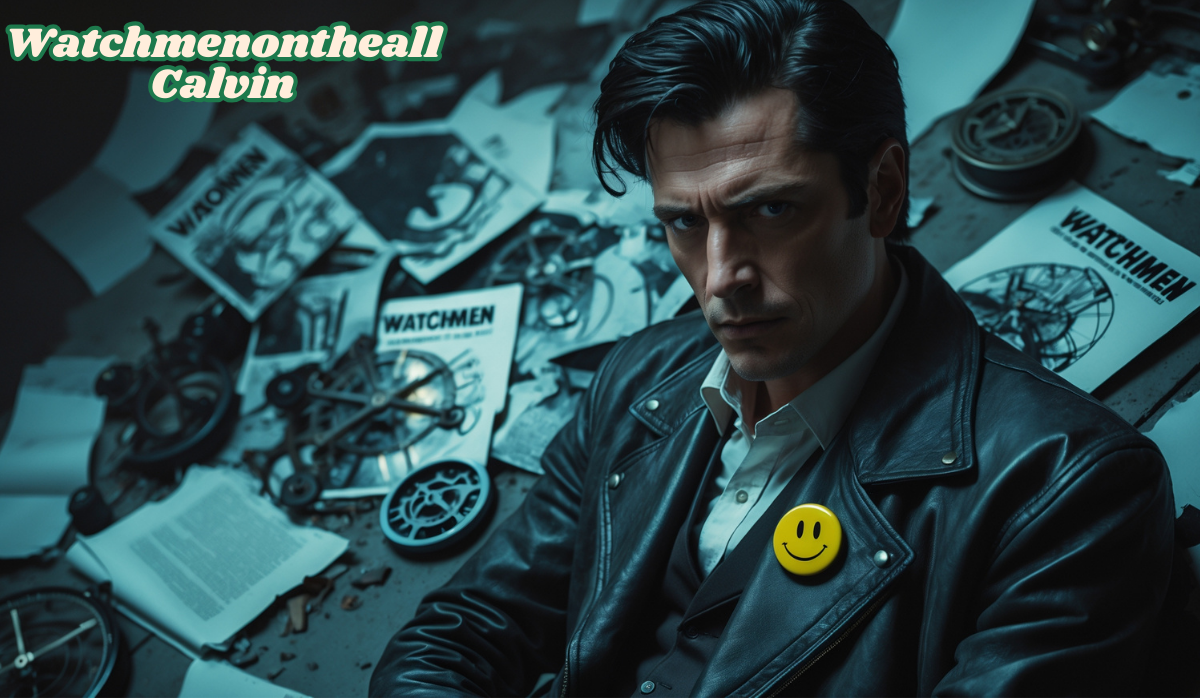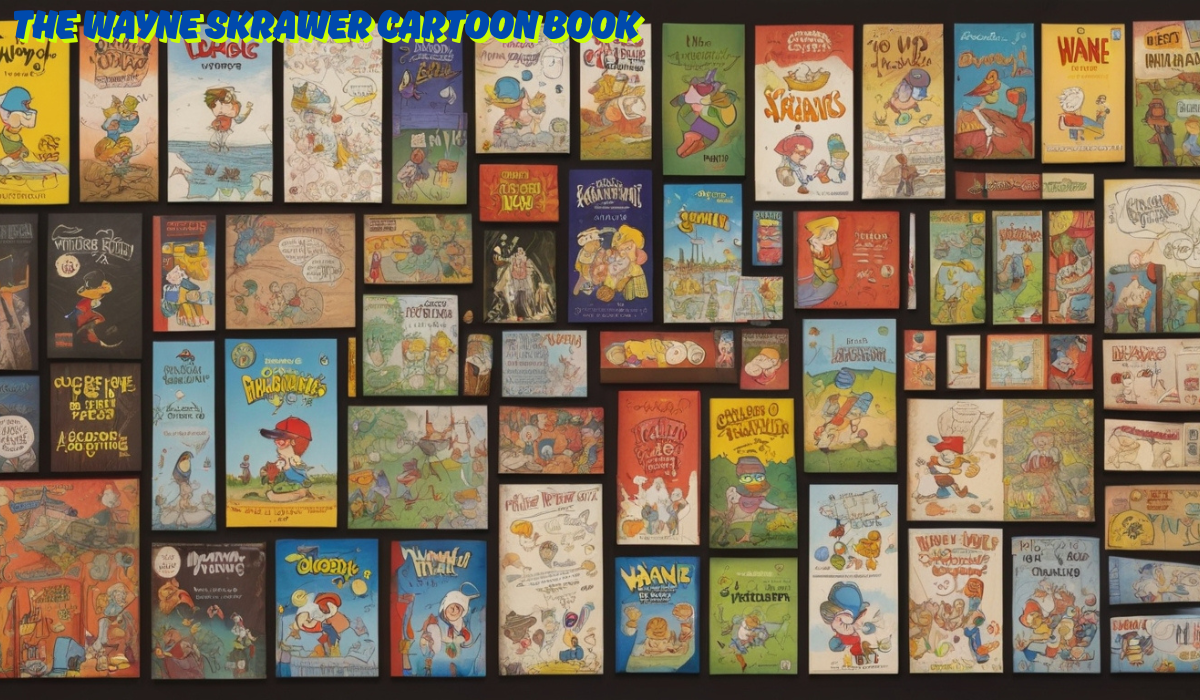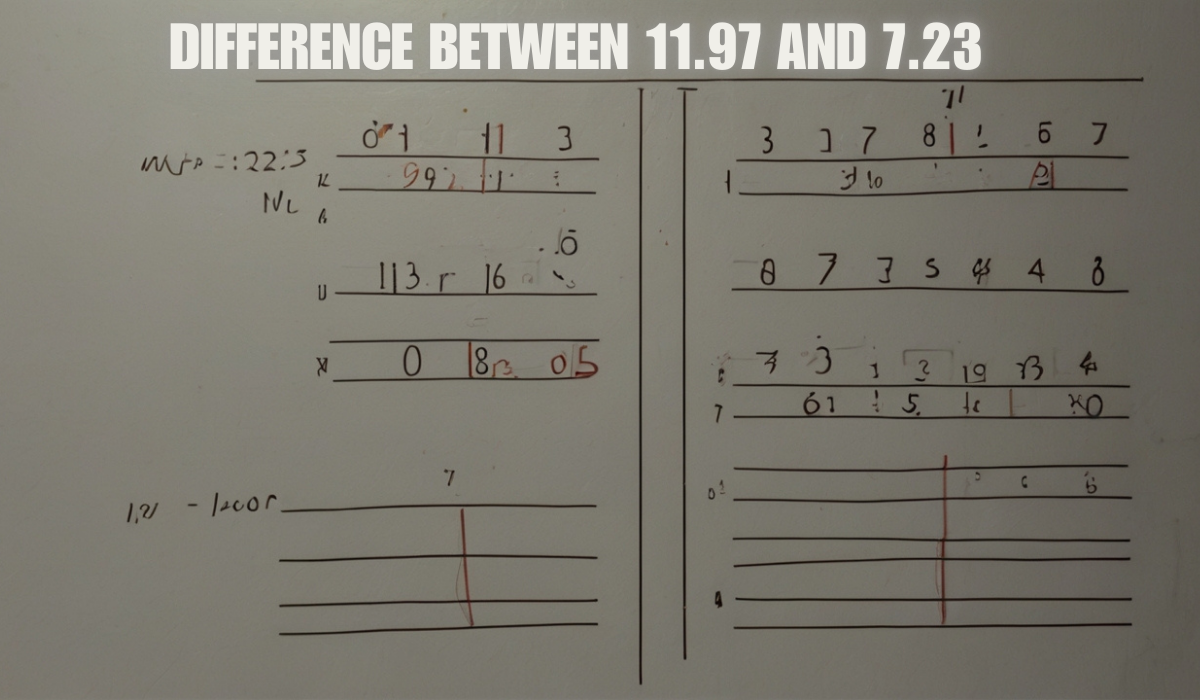The Enigma of Watchmenontheall Calvin: Exploring Themes in Alan Moore’s Masterpiece
Introduction
The world of literature and graphic novels has given us groundbreaking works that stretch the limits of storytelling. Alan Moore and Dave Gibbons’s Watchmen stand at the pinnacle of this creative revolution, praised for its gritty dissection of morality, justice, and the complexities of human nature. Within the rich fabric of its narrative, the term Watchmenontheall Calvin surfaces, often sparking curiosity among fans and scholars.
Be that as it may, what precisely is “Calvin,” and how can it interlace with the layered story of Guardians? While Calvin is not explicitly a character in the original graphic novel, the concept is a symbolic thread that encapsulates ideals and questions central to the story’s theme. To fully understand Calvin’s significance, we must analyze his symbolic presence and revisit the broader context and compelling storytelling of Watchmen.
This blog will deconstruct watchmenontheall Calvin, linking it to Watchmen’s celebrated themes of heroism, moral ambiguity, innocence, and corruption. Finally, we’ll explore its relevance to readers today.
Watchmen: A Brief Overview
Before we unpack Calvin’s symbolism, it’s essential to understand the foundation laid by Watchmen. Initially serialized as a 12-issue comic from 1986–87, Watchmen is set in an alternate United States where superheroes emerged in the 1940s and impacted politics and culture. Unlike traditional superhero stories, Moore’s narrative strips away the idealism often associated with heroism, exposing the flawed humanity behind the masks.
Central Themes in Watchmen:
- Moral Ambiguity: The absence of clear good or evil forces readers to confront ethical dilemmas alongside the characters.
- Power and Control: The use of power by individuals and institutions plays a key role in shaping the fabric of this alternate society.
- Corruption vs. Innocence: While characters like Doctor Manhattan lean into godlike detachment, others like Rorschach wrestle with moral absolutes.
Watchmen redefined the superhero genre through its unflinching critique of power and justice, creating a timeless work that resonates beyond the surface drama.
Who or What is Calvin in Watchmenontheall Calvin?
One of the intriguing aspects of Watchmenontheall Calvin is its absence as a defined character in the central storyline. Instead, Calvin exists as a figurative or thematic representation inside the narrative. Interpreting Calvin requires viewing him as a symbol aligned with the overarching fabric of humanity, morality, and inner conflict woven into Watchmen.
Potential Interpretations of Calvin
1. A Symbol of Innocence in a Corrupt World
Calvin represents untainted innocence, juxtaposed against the disillusioned protagonists of Watchmen. The novel’s world is rife with greed, selfishness, and moral compromises; Calvin is a reminder of purity that feels lost amid the chaos.
2. An Emotional Anchor
For the morally complex characters of Watchmen, Calvin acts as a hypothetical touchstone for reflections on the past and hope for an alternate, brighter version of the future. As the book wrestles with existential questions, Calvin can be seen as an emotional counterbalance to despair.
3. Core Moral Ideals
Calvin could reflect timeless moral clarity an internalized notion of what is correct and ideal, even when every external action suggests otherwise. This stance complements the narrative’s ongoing dialogue on ethics, agency, and justice.
Although Calvin is not physically present in Watchmen, his implied essence contributes significantly to the story’s moral layers.
Innocence vs. Corruption in Watchmen
One of the most significant motifs that ties “Watchmen on the All Calvin” to Watchmen is the continuous interplay between innocence and corruption. The graphic novel demonstrates how the corruption of power, mistrust, and manipulation often distorts innocence.
Examples of Innocence Corrupted
- The Comedian’s Path
Once a symbol of brash masculinity and ill-defined heroism, the Comedian ultimately embodies moral decay, indulging in acts that erode the idea of heroism.
- Rorschach’s Transformation
Walter Kovacs begins life with some semblance of innocence but eventually succumbs to an extreme, black-and-white worldview that defines his vigilante persona.
- Doctor Manhattan’s Detachment
Starting as Jon Osterman, a man of science, Doctor Manhattan evolves into a detached being of infinite power, losing his humanity.
Against such a backdrop, Calvin emerges as an ideal counterpoint—the “what could have been” for characters consumed by their flaws.
Heroism and Calvin as a Reflection
The very idea of heroism takes center stage in Watchmen. What’s the significance here to be a legend? Who decides what is truly just? The characters in this universe wrestle with these questions throughout the story. Calvin’s symbolic existence highlights key truths about the nature of heroism.
Why Calvin Matters in Discussions About Heroism
- Aspiration vs. Reality
Calvin becomes a figure of aspiration—where the potential for greatness exists within all characters, even when its realization falls short.
- Human Frailty
By anchoring ideas about morality in Calvin, readers are invited to measure their values against those represented by central figures like Ozymandias and Rorschach.
- Hope Amid Shades of Grey
Amidst morally grey choices, Calvin provides balance, showing that striving for goodness and clarity remains worthwhile even in flawed, broken systems.
The discourse on Calvin’s role encourages audiences to rethink the limits of heroism and what motivates their definitions of right and wrong.
Key Themes Calvin Illuminates in Watchmen
Calvin contributes to Watchmen by emphasizing some of its most enduring themes, such as morality, free will, and the pursuit of meaning.
Here are Calvin’s thematic highlights in a nutshell:
- Dualities of Human Nature
Calvin echoes Watchmen’s infamous contradictions—innocence set against corruption, hope amid despair.
- Choice and Agency
While Watchmen focuses heavily on the power of choice, Calvin reminds us that ideals often shape decisions, even when outcomes disappoint.
- The Larger Human Experience
Much like Watchmen asks its readers to reflect on personal values, Calvin’s existence invites philosophical contemplation about the dualities that define humanity.
Ultimately, Calvin reinforces that even in complex, morally ambiguous worlds, there is room for innocent principles and untainted ideals humans seek to uphold.
Why Watchmenontheall Calvin Still Resonates
A long time after its distribution, Guardians keeps on spellbinding perusers with its immortal significance. The notion of watchmenontheall Calvin adds another dimension to its intricate storytelling.
Whether understood as a standalone commentary on morality or as an emotional metaphor, Calvin enriches the layers of Watchmen. The questions it poses about agency, justice, and optimism in dark times remain relevant in a world full of ambiguity.
“Who watches the watchmen?” might be the book’s iconic question, but exploring Calvin invites us also to ask, ‘What ideals guide our humanity?’
If you haven’t revisited Watchmen in recent years, this is your chance to experience its brilliance once again through the lens of themes like watchmenontheall Calvin.
FAQs
Q1. Does Calvin appear in Watchmen?
No, Calvin is not a literal character in the graphic novel but a symbolic representation intertwined with its moral themes.
Q2. How does Calvin contribute to Watchmen’s narrative?
Calvin is a metaphor for innocence, moral clarity, and hope, offering philosophical balance to the dark, morally ambiguous storylines.
Q3. Why is Watchmen considered groundbreaking?
With its layered narrative, ethical critiques, and realistic dissection of flawed heroism, Watchmen redefined the superhero genre and transcended traditional comic storytelling.
Q4. Is Calvin referenced directly in the graphic novel?
No, the watchmenontheall Calvin concept emerges as a symbolic or interpretative construct rather than an explicit story element.




Post Comment